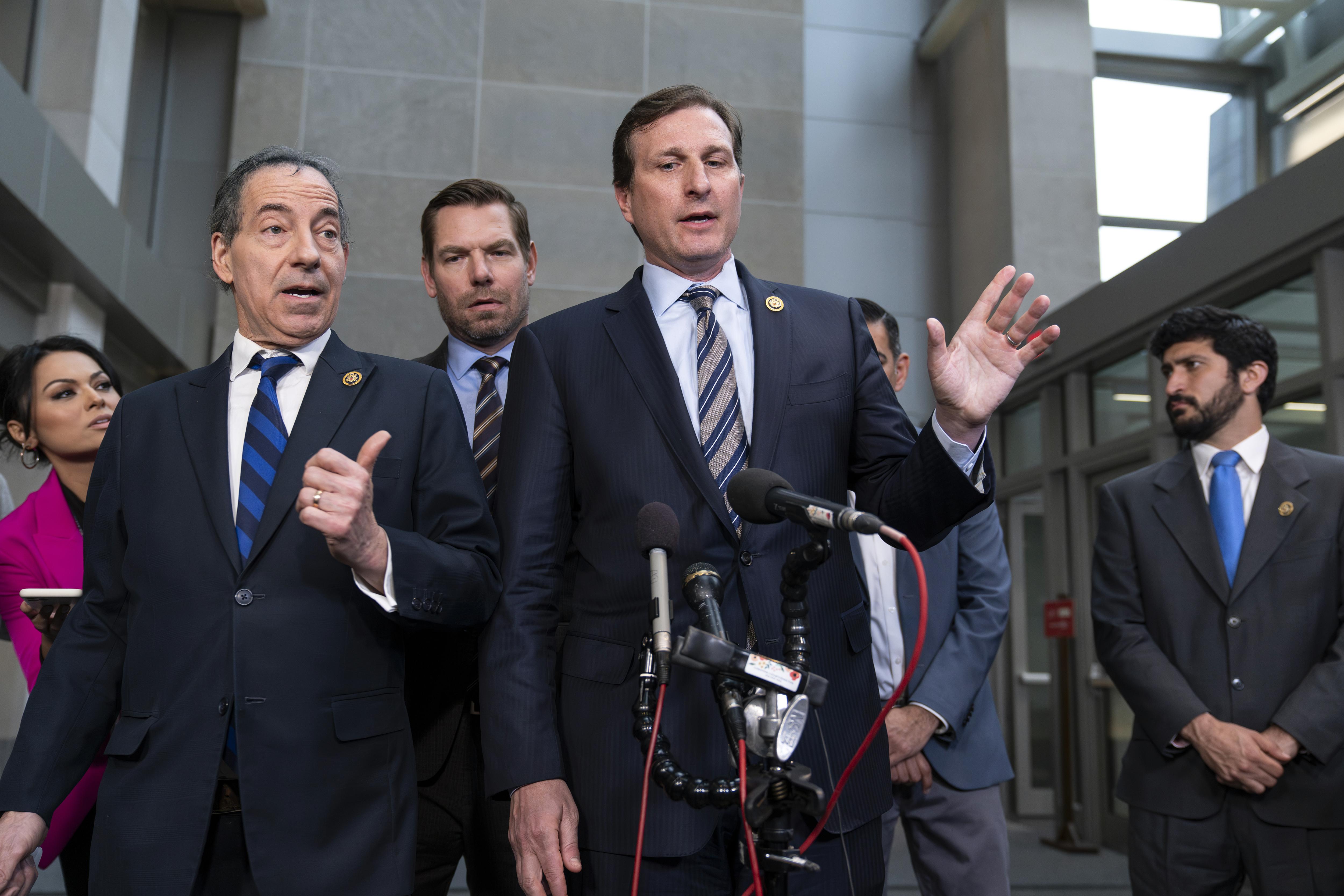The Employee Retirement Income Security Act (ERISA) is approaching its fiftieth anniversary. To discuss the evolution of retirement savings, RetirementRevised Publisher & Editor Mark Miller joins Wealth! Miller notes that this milestone provides an opportunity for reassessment. As Americans have shifted from pension-based retirement to 401(k)-based plans, he suggests it's time to identify "where are some opportunities for further improvements.
" He points out that many public sector employees still often have traditional pensions, while 401(k)s "are working well for higher income people" and those employed by large companies. However, a significant drawback of 401(k)s is that "at any given time only about half of workers are actually covered," given how many people work for smaller companies that may not offer those types of plans. Miller elaborates on the concept of an "auto-IRA," describing it as "a government-sponsored IRA program for people who don't have workplace coverage.

" This initiative aims to provide equitable benefits to all Americans, making retirement savings more accessible across the board. For more expert insight and the latest market action, click to watch this full episode of Wealth! Video Transcript Are you doing enough to save for retirement? This year marks the 50th anniversary of the Employee Retirement Income Security Act or Risa for short, which is aimed to pro protect and better protect private sector pensions. But with less than 20% of workers receiving a pension, could the federal governments be doing more to help Americans get set up for retirement for more.
Let's bring in Mark Miller, who's the retirement revised publisher and editor, Mark. Thanks for taking the time here with us today. Ok.
So this is a significant milestone and we've seen kind of very few significant eras of retirement options and mechanisms presented to Americans. Where do we stand right now? From your purview? Yeah, we, we thought that it was an opportune moment to kind of assess where we are 50 years after the passage of this landmark legislation that really kind of set the stage for the system we have today, which as you mentioned, really, we've had a shift away from the old fashioned traditional pension, which worked in a fairly automated fashion to one that is much more driven by the individual participating in the 401 system and so it was an opportunity to look at what's working well there and where are some opportunities for further improvements? What, what is working well with 401k? And then I guess on the other side, to a certain extent where and which industries perhaps do pensions remain most relevant? Right. Well, with respect to traditional pensions, it's worth saying that almost everybody who works in the public sector still has them.
You know, people who work for state and municipal government uh very likely have a traditional pension. They're down to a very small percentage of the private sector workforce. However, and so, you know, in its place has been the rise of the defined contribution 401k style.
And um the the what we see there is that that is working very well for higher income people and people who work for larger companies uh that are the most likely to offer 401k. 1 of the things about 401k is that at any given time, only about half of workers are actually covered. And the part of the economy that's least likely to have coverage or the offer a plan are people who work for small companies.
So that's a, you know, really a stark reminder that we are really not offering enough people the opportunity to put away money for retirement. And so you talk about the government needing to do more here. So when you think about how and which mechanisms they could put into practice, put into law even, uh, and bring forward to the American people, what would they be able to bring forward that wouldn't so radically change retirement savings that have already been amassed thus far.
Yeah, the, the idea that's been kind of rattling around for more than 10 years is the idea of a so called auto Ira. Basically a, a government sponsored IRA program for people who don't have workplace coverage that, you know, if you, if an employer doesn't offer uh a plan of their own, they'd be required to enroll their workers in this uh government sponsored Ira. Now that's an idea that was first proposed during President Obama's first term and it, it didn't get signed into law, but 17 states have taken up that mantle and passed legislation of their own to create these plans.
And about eight states have actually launched them, including some big states like California and Illinois and Maryland. So it's gathering steam there, some have proposed bringing this idea back up at the national level and an IRA program and the most robust, most ambitious version of this would essentially be a government sponsored for one K plan where not only would people have a government sponsored place to save, but there'd be a government matching contribution as well and other features such as low cost investment options. So there's kind of a range of ideas out there that would help close this really big gap in coverage.
So this is one area, you know, that would bear some, what, what I think, you know, it should be looked into just briefly what type of delta in, in savings perhaps would, would a plan like this mean? Well, you mean, um, what kind of savings would it be possible? I'm not, yes, accumulated versus what's existed. I mean, thus far, you know, over the past 10 years since this has been kind of brought up by the Obama administration. I mean, one of the problems with this, I think this whole idea is that I worry that it doesn't get us to solutions at large scale.
And the reason I say that is in addition to the coverage problem, when you look at households with kind of middle income house and lower income households, there's not the wherewithal really to save large amounts. So I think that plans like this can move the needle somewhat. And I think, you know, they're, they're good to do because, you know, saving is good and people should be saving if at all possible.
But I actually think that there are other opportunities out there to move the needle in a much bigger way. And I talk about this in the story as well. And specifically here, this is the notion of expanding social security with a specific focus on expansion of benefits for lower income and median income households.
I I think that that's a way to really move this system at scale as opposed to kind of a very incremental approach. Mark, we've got to have you back on to continue this discussion sometime Mark Miller, who's the retirement revised publisher and editor. Thanks so much for taking the time.
My pleasure. Thanks for having me..


















